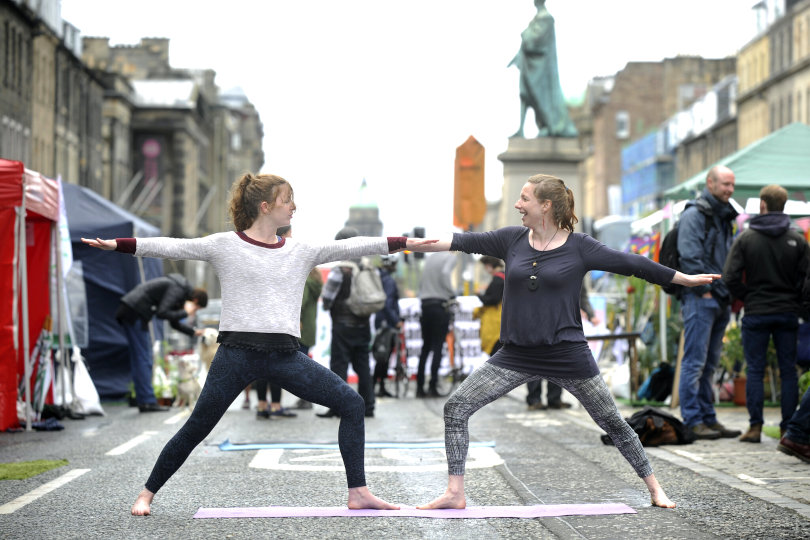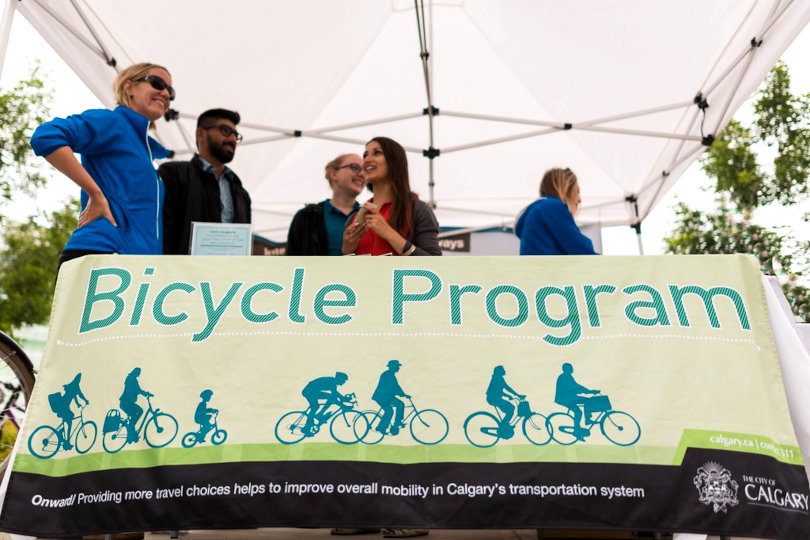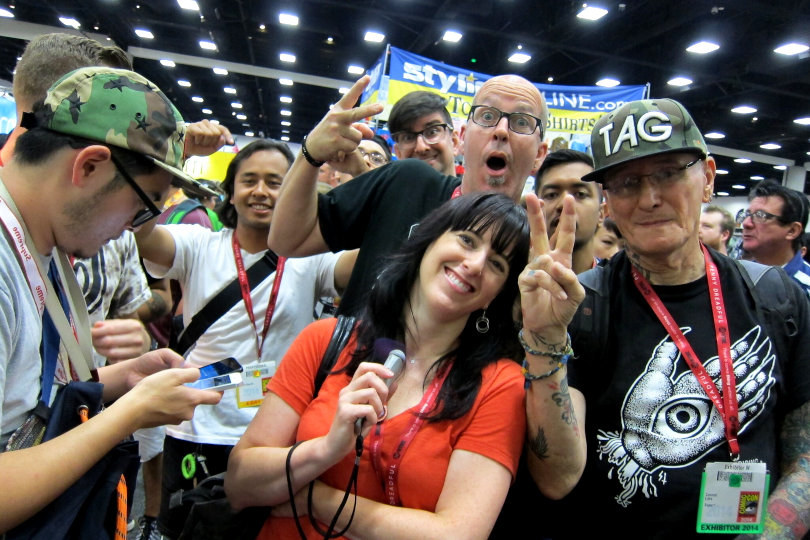If you’re looking for a fun and fresh way to drum up excitement in your business and engage with customers in a face-to-face manner, planning a pop-up event could allow you to seize on both of these opportunities.
But before you go all-in, there are a few things that you’ll want to keep in mind.

What is a Pop-Up Event?
Pop-up events emerged in the late-1990s and early-2000s and were extremely popular in urban, congested areas with lots of foot traffic. For example, New York City was the original “hot spot” for these one-off events.
But with the rise of the internet and the ability to quickly communicate messages to millions of people, these events are no longer restricted to busy urban areas. They can be hosted in almost any city or town – so long as the correct strategies are used.
But before we dig into the how of pop-up events, let’s get clear on the what. As EventMobi explains, “Pop-up events are temporary, unexpected events in unique spaces. They pop up and, after a few hours or days, they pop down. By definition, most events are temporary. It is the element of surprise in unexpected locations that distinguish pop-up events.”
Pop-up events are almost always face-to-face (using a physical storefront or booth), though we’ve also seen some virtual and hybrid attempts in recent months. Physical pop-up events are almost always stronger than virtual/hybrid (for obvious reasons), but it’s worth noting that there’s some flexibility.

4 Tips for Pop-Up Event Success
If you want your pop-up event to be successful, you have to be strategic and intentional with your planning. Here are several suggestions:
1. Identify a Clear Objective
There can’t be anything vague about your pop-up event. This is not the time to get cute or experimental. While you’ll certainly learn a lot, there has to be a very specific event goal from the start. Common goals include increasing product/brand awareness, adding new customers, conducting market research, collecting customer data, etc.
2. Pull Out All of the Promo Stops
The absolute worst thing that can happen at a pop-up event is a lack of significant foot traffic. Not only does it hurt your sales results, but it negatively impacts your brand image in the minds of the customers who do show up. (They’ll be thinking, “Where is everyone else?”) To avoid poor turnout rates, get serious about pre-event promotion and day-of promotion.
Take signage seriously. Good event signage (both within your pop-up event and in strategic locations nearby) drives awareness and promotes your brand. Work with local businesses and building owners to secure placement for your signage in the days leading up to the event.
3. Make it Engaging and Memorable
A good pop-up event is highly engaging. There are several ways you can do this, including through the use of technology, sensory elements (like food and beverages), and one-on-one attention from your sales staff. People should leave the event impressed by your brand. This creates a memorable interaction that they’ll look back on with fondness.
4. Have a Post-Event Strategy
Most of the time, the pop-up event is just a way of getting your foot in the door and positioning your brand well for the future. Sure, you might make some quick revenue during the event, but the real goal is to create an engaging atmosphere that allows you to generate buzz and build credibility for future events, sales, and/or product releases. But in order to maximize these long-term benefits, you need an intentional post-event strategy.
For starters, collect as much lead information as you can during the event. This includes email addresses, mailing addresses, phone numbers, and anything else that you need to effectively market and advertise.
Secondly, determine what your goal is. For example, if the objective is to turn pop-up event customers into phone calls where you can push more expensive and profitable services, that needs to be factored into the equation from the start. This will influence your approach to how you execute the pop-up event, what information you collect, etc.

Adding it All Up
Not all pop-up events are successful. In order to make it work, you have to plan ahead and think through the details. From marketing and promotion to engagement and sales, no detail can be left to chance.
Develop a plan, execute, and then carefully analyze what did and didn’t work so that you can iterate the next time for even better results.







